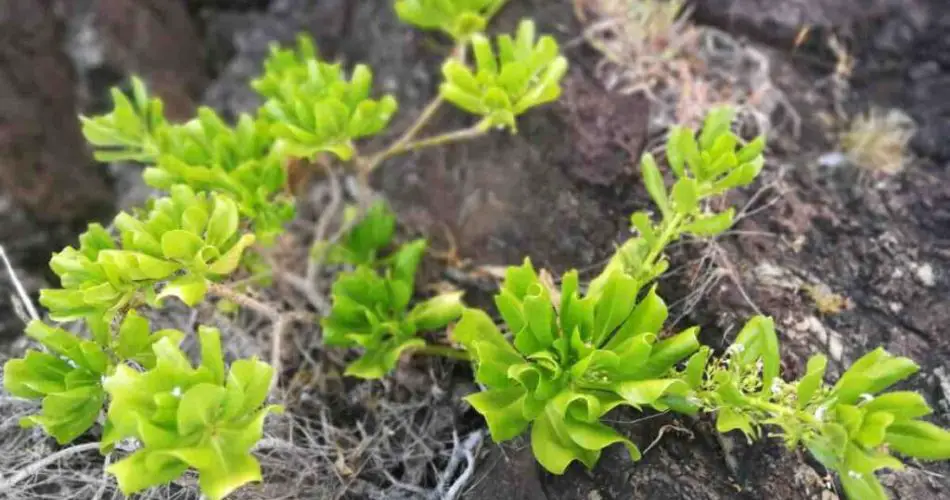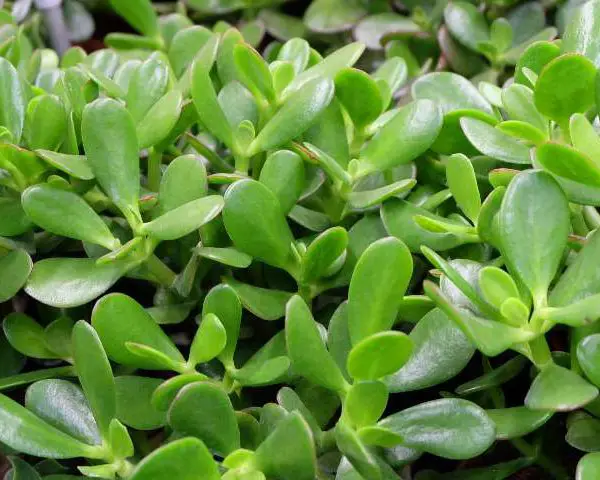Have you ever marveled at how plants can grow on rocks, seemingly defying gravity and thriving in harsh conditions? This fascinating phenomenon reveals the remarkable adaptability of plants and their ability to survive in challenging environments. Let’s explore how these resilient plants manage to grow on rocky surfaces and what makes this process so intriguing.
The Science Behind Plants Growing on Rocks
Roots Finding Their Way
In mountainous areas or rocky terrains, plants often establish themselves in cracks or crevices between rocks. These natural spaces provide just enough room for roots to anchor deeply into the ground. Once securely rooted, the plant can stabilize itself, drawing nutrients and moisture from its surroundings.
Interestingly, the rocks themselves offer a form of protection. They shield the plant from harsh weather conditions, such as frost, strong winds, or excessive rainfall. Sloping rocks, in particular, play a crucial role by facilitating the drainage of water or melting snow, preventing waterlogging and root rot.
The Role of Mosses and Lichens
Before most plants can grow on bare rocks, mosses and lichens pave the way. These organisms are the first to colonize rocky surfaces, surviving in extreme conditions and gradually breaking down the rock into a thin layer of soil.
- Lichens thrive in even the harshest climates and slowly contribute to creating a fertile base for plants to grow.
- Mosses attach to rocky surfaces and further enhance the environment, enabling plants to take root and flourish.
These symbiotic pioneers make it possible for larger and more complex plants to thrive in rocky habitats.
Common Plants That Grow on Rocks
Many plants have adapted to grow on rocks, and some of the most common ones include:
- Succulents: Cactus, aloe, and Adromischus Clavifolius.
- Herbs: Rosemary and thyme.
- Flowers: Lavender, bellflowers, edelweiss, and gentian.
- Ferns: Hardy plants that thrive in rocky, shaded environments.
- Moss: Available in various types, it anchors itself to rocks and creates a lush green covering.
Each of these plants has unique adaptations that allow them to survive in rocky environments, whether through deep root systems, water storage, or compact growth forms.
A Unique Rock-Climbing Plant: Adromischus Clavifolius
Among the many plants that grow on rocks, Adromischus Clavifolius stands out as particularly fascinating. This succulent plant features thin stems ending in fleshy, ovoid leaves, and it is known for producing abundant aerial roots.
These aerial roots enable the plant to climb rocky surfaces effortlessly, making it an excellent choice for:
- Decorating vertical spaces, such as fence walls, gates, or outdoor walls.
- Creating green vertical gardens, adding a natural and decorative element to any space.
Adromischus Clavifolius exemplifies how plants have evolved to adapt to seemingly inhospitable environments, turning rocks into thriving ecosystems.
The Beauty and Fascination of Rock-Dwelling Plants
Plants that grow on rocks belong to diverse categories, from succulents to herbs and flowers, each showcasing nature’s incredible ingenuity. They not only survive but also thrive in rocky landscapes, adding beauty to mountain passes, gardens, and even vertical walls.
Next time you see plants flourishing on rocks, take a moment to appreciate the extraordinary adaptations and strategies that allow them to succeed. These plants remind us that even in the harshest conditions, life finds a way to flourish.
Highlighted Tips:
- Mosses and lichens are the pioneers that prepare rocks for plant growth.
- Roots anchor in rocky crevices for stability and access to nutrients.
- Choose plants like rosemary, lavender, or succulents for vertical rock gardens.
- Sloping rocks aid in water drainage, protecting plants from waterlogging.



